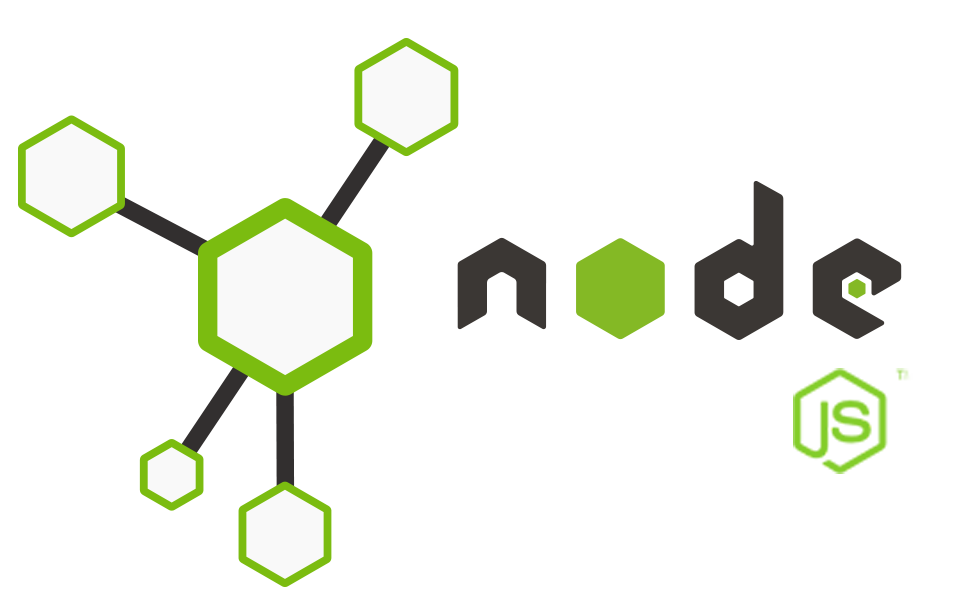Index Surge: Amplifying Your Insights
Stay updated with the latest trends and news across various industries.
Node.js: The JavaScript Playground Where Servers Come to Life
Explore how Node.js transforms JavaScript into a powerful server-side powerhouse. Unleash your coding potential today!
Getting Started with Node.js: A Beginner's Guide to JavaScript on the Server
Node.js is an open-source, cross-platform runtime environment that enables developers to use JavaScript for server-side programming. Unlike traditional server-side frameworks that depend on languages like PHP or Ruby, Node.js allows you to write the entire web application in JavaScript, making it a popular choice for modern web development. To get started with Node.js, the first step is to install it on your machine. You can download the installer from the official Node.js website. After installation, you can confirm its successful setup by running node -v in your terminal to check the version number.
Once Node.js is up and running, it’s time to create your first application. Start by creating a new directory for your project and navigating inside it. You can then initialize your project with npm init, which will guide you through creating a package.json file that manages your project’s dependencies. To create a simple web server, create a file named app.js and include the following code:
const http = require('http');
const server = http.createServer((req, res) => {
res.statusCode = 200;
res.setHeader('Content-Type', 'text/plain');
res.end('Hello World!');
});
server.listen(3000, () => {
console.log('Server running at http://localhost:3000/');
});This code creates a basic server that responds with 'Hello World!' when you access it. Run your application with node app.js and open your web browser to http://localhost:3000 to see your server in action!

Top 10 Node.js Frameworks to Elevate Your Web Development
When it comes to web development, choosing the right framework can significantly streamline your workflow and enhance your application's performance. Here are the Top 10 Node.js Frameworks that every developer should consider to elevate their projects:
- Express.js - A minimal and flexible framework that provides a robust set of features for web and mobile applications.
- Hapi.js - Known for its powerful plugin system, Hapi.js is ideal for building applications and services.
- Koa.js - Created by the same team behind Express, Koa aims to be a smaller, more expressive, and more robust foundation for web applications.
- Sails.js - This MVC framework is particularly useful for building real-time applications like chat apps and multiplayer games.
- NestJS - A progressive Node.js framework that leverages TypeScript, offering an extensible architecture that allows developers to create efficient, reliable, and scalable server-side applications.
Continuing with our list, here are the remaining frameworks that can truly enhance your web development experience:
- AdonisJs - Packed with features and a strong ORM out of the box, AdonisJs is a fully-featured MVC framework for Node.js.
- Meteor.js - A full-stack platform that makes it easy to build real-time applications using JavaScript on both the client and server sides.
- Socket.io - While not a traditional framework, Socket.io enables real-time, bidirectional communication between web clients and servers, making it indispensable for real-time applications.
- Next.js - Primarily for server-rendered applications, Next.js provides a flexible approach to building scalable web applications with React.
- Nuxt.js - Similar to Next.js but for Vue.js, Nuxt.js helps in building server-side rendered applications with a powerful configuration.
How to Build Scalable Applications with Node.js: Best Practices and Tips
Building scalable applications with Node.js requires an understanding of its asynchronous nature and event-driven architecture. Start by designing your application with scalability in mind; this means dividing your application into microservices or using modular architectures. Utilizing frameworks like Express.js can help streamline your development process. Consider implementing load balancers to distribute incoming traffic across multiple servers, ensuring that no single server becomes a bottleneck. Additionally, make use of database sharding and caching strategies to enhance performance as your user base grows.
Another essential aspect of creating scalable applications with Node.js is to ensure your code is optimized for performance. Use tools like PM2 for process management to handle application clustering automatically, allowing you to take full advantage of multi-core systems. Implement error handling and logging strategies to help diagnose issues quickly. Finally, keep your dependencies up to date and monitor your application's performance using APM tools to identify and address any potential issues before they impact your users.